Bright decorative flowers - phlox, have a number of advantages to grow them on their site. The fragrant, diverse palette of paints, lush inflorescences bloom in the spring and please the surrounding their magnificence to the first frosts. In addition, the flowers are perfectly suitable for cutting, while driving in a bouquet or flower arrangements.
Considering that Floxes - winter-resistant and unpretentious plants, even a novice flowerflower to cope with planting and leaving for these decorative colors. It is enough to know the features of agrotechnics of growing phloxes, the rules when landing and choosing a place for the plant. How to properly grow floccals in the open soil and avoid typical errors - read in the selection of material.
Floxes - Plant Description
An herbal plant from the Sovyukhovy family, phlox, in translation means "flame". They obtained such a name thanks to the bright red color of the colors of the first wild species.
- North America is considered to be North America, whose harsh climate, made phlox unpretentious and lively. Therefore, at present, the family of phlox is common worldwide.
- Most of the types of phlox are represented by long-term plants, although in culture there are annuals (Flox Drummond) and, even, half-workers.
- Perennial phloxes have a lush, but compact bushy form.
- Stems in Flox are straight or creeping, densely humble, from 10 to 150 cm in height, depending on the species. At the end of the vegetative season, the stems are slightly decorated.
- Leaves - seating, oppositely located, oval elongated shape.
- The root system in Phlox is powerful, can easily hold large and lush flowering bushes.
- The main decoration of the culture is small (3-4 cm in diameter), but very fragrant flowers. In shape, they resemble the discontinued funnel, and, thanks to the mass assembly (80-90 pieces) in complex inflorescences, give culture a spectacular decorative appearance. Inflamception's inflorescences are always located at the ends of the shoots.
- The flower whites, within the genus, are widely vary in shape and color. They can be star, dissected, saucer or other configuration. Shades are also impressive with diversity: from a gentle white, pink, purple tone, to brightly saturated red or purple. They can be both monophonic painted and the pestro "decorated" with color splashes, contrasting stripes or bright core. Flax froxa is represented by an oval box with numerous seeds.
- Considering, quite a long period of abundant flowering, Flox has long won the location of many flower flowers. In addition, the plant is highly winter-hardy, fast-growing and unpretentious.
Floxes: species and varietal variety
Rod includes about 85 species and more than 400-tons of various varieties of phloxes. Such a variety of plants is classified for several features.
- According to morphological features, plants are divided into bush, turf and sharpening phloxes. Moreover, the bush phlox are divided, in turn, on a short and tall subgroup.
- Different types of phlox are classified in time of flowering: they are in early (bloom in spring), medium (bloom in summer) and late (bloom in summer and autumn).
- Upon period of vegetation, phlox annual and perennial distinguish.
Annual phloxes
The representative of this group is Phlox Drummond - a bright and beautiful shrub, blooming since June and to the most frosts. Fragrant flowers are purple, white, carmine-red, yellow and lilac color.
Flox Drummond has two subspecies: star (more often tall, with star-shaped flowers) and large flower (distinguished by bright, large flowers).
Perennial Floxes
A rather extensive group of plants of this kind, widespread in horticulture. Consider the most famous species.
- Flox Shiloid
Ransetless light-loving view, characterized by abundant and lush flowering of inflorescences of different shades. The bush is not high, but lush and densely branching. The name of its own, Flox received, due to the presence of narrow cylinder leaves. During the period of active flowering, the foliage on the shrub is almost not visible due to the increasing and thick-seated lush inflorescences. Flox Shilovoid looks great as wild curbs, in Rabatkov and flower vases.
- Flox splashing
Blossom comes later, from mid-summer, forming giant fragrant "caps" of inflorescences of a variety of color palette. This species is used by breeders to eliminate many hybrid varieties of phlox. For example, such as: Phlox terry Pure Feelings (tall grade (about 80 cm), with large terry flowers), phlox terry Natural Feelings (has small flowers resembling a lilac branch), phlox orange (series of frost-resistant and unpretentious varieties, with inflorescences , orange shades), Phlox King (tall grade (about 100 cm), with large flowers).
- Flox spread
This species is presented with neat, medium sizes (up to 40 cm), bushes with weathered stems. Flox in spring, blue and lilac inflorescences blooms. Seeds does not forms.
- Flox Stelcia
A low-speed, early-minded view that does not exceed 15-20 cm. Umbrella inflorescences have a bright color.
- Floxes lens
A hybrid tall view characterized by a long period of flowering. A feature of the Floxes of the rent is the ability to re-blossom after trimming. Stems in the plant weak, in need of the support.
- Flox spotted
It is distinguished by the motley colorful flowers, with numerous spots and strokes. The plant perfectly tolerates the half. The most popular varieties are "Rosalinda", "Alpha", "White Pyramid", "Natasha", "Delta", "Omega".
To buy Floxes Desired varieties, it is better to contact a specialized nursery or garden center. If the novice flower is not fundamentally strictly strictly compliance with the declared variety - you can purchase seedlings and in flower markets.
And in order to finally decide on the choice, you can additionally get acquainted with reviews People growing phloxes. It is convenient to do this on special flower forums or thematic sites.
Growing phloxes: breeding methods
Floxes are multiplied with vegetative (part of the plant) and the generative (seeds) methods.
- The reproduction of phloxes from seeds occupies a longer period than vegetative ways and does not guarantee the preservation of the varietal signs of the plant. The advantage of this method is the high level of adaptation of grown phloxes to local climatic conditions and soil features.
- Vegetative reproduction is the most frequently used and relatively labor-intensive process. Practice the division of the bush on the part, the shower of the vegetative parts of the phlox, reproduction with the help of stubborn kidneys or tanks. Each method has its own characteristics and technological methods.
Reproduction of cuttings
- The cuttings can be prepared from the stem, root and sheet parts of the plant.
- The reproduction of root cuttings is an easy way, is practiced when the shrub is infected with nematodes. In May-June, the plant is digging, they choose strong healthy roots and separated them into parts, about 5 cm long. It is planted in obliquely, in the container with the ground and sand, they regularly moisturize and, thus, germinate. The temperature in the room is gradually raised, ranging from 10-15 ° C and, turning (after 2 weeks) to 20-25 ° C. The grown seedlings are then transplanted into open soil.
- In the preparation of stroke cuttings, developed shoots are cut into segments with, at least two nodes (about 10 cm long). The upper cut is 2-3 cm above the node, the lower - immediately under the node. For better rooting, the cuttings are fully placed in water at 50-60 minutes. The lower leaves are removed, they make a small slice under the bottom kidney and the cuttings are planted into the ground to germination. It is better to build a greenhouse for these purpose purposes, covering the cutting film. The procedure is carried out in spring (in May-June) or in the fall (in September).
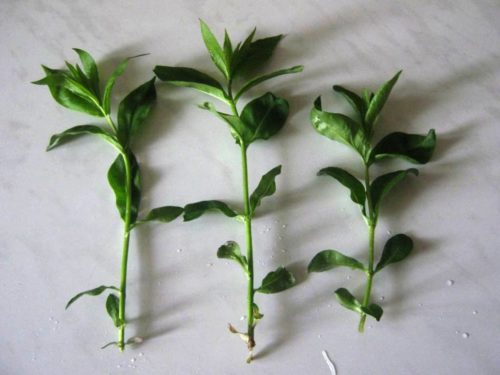
- The reproduction of leaf cuttings is carried out at the beginning of summer. The main condition is to cut part of the stem with a sheet and a sinus kidney. The chopped cuttings are germinated in a greenhouse (at a temperature of about 20-30 ° C), deepening the kidney per 1-2 cm into the ground. Providing the necessary temperature regime and regular moisturizing, the autumn cuttings germinate, and in the spring they can already be planted in an open ground.
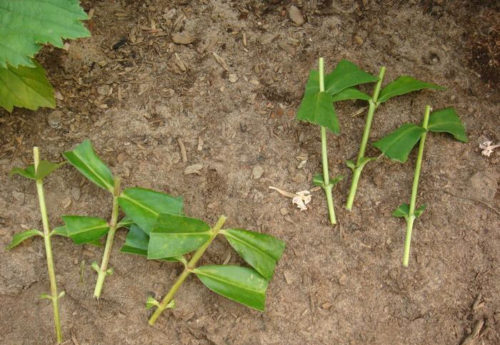
Reproduction by chains
- To make a chain, you need to burn down the bottom shoots from the uterine bush, then sprinkle them from above the earth. You can pinch shoots with a bracket or wire. The top of the escape is not falling asleep.
- The rooted chain over time is separated from the bush and planted on a new place.
Division bush
- A simple and not time-consuming breeding method is carried out in spring or early autumn. It is believed that the spring transplant is more successful and productive.
- The method is suitable only for mature and healthy bushes that have reached at least 4-5 years.
- A bush is neatly digging, trying not to injure the roots. Then they are divided into equivalent parts, carefully divided root cakes. Separate parts are planted at a permanent place.
Reproduction of seeds
- The collected mature seeds are cleaned from the seed box and sowed for the winter to a special container.
- The soil mixture in the container consists of soil, sand and humus. Seeds are sown to a depth of about 1-2 cm.
- For seed stratification, the capacity is left on the street, covering on top of snow or leaves. In the spring, the container with seeds is entered into a warm room for germination of seedlings of phloxes.
- You can, in the same way, seed seeds immediately to the site, then the first seedlings will appear in the spring. When sowing seeds into open ground, the percentage of germination is much lower than in a special container.
Features of planting phloxes
- First of all, it is necessary to choose the right place to land. Floxes are growing well, pleased with abundant blossoms, on solar, illuminated places. Although, a light half of the neighboring trees or shrubs (especially in a hot noon) - will be the perfect place to plant Floxes. The absence of drafts and direct wind gusts also favorably affects the development of the plant.
- Flox, although they are moisture-free plants, stagnation of moisture tolerate badly. Given the surface location of the roots of shrub, it is better to choose a place with a deeper arrangement of groundwater to avoid excessive, destructive culture, humidity. Nizans, where moisture is constantly delayed, are also not suitable.
- The landing time can be spring (April - the first half of May), but then the period of flowering culture is shifted for several weeks later. When landing in the autumn period (the end of August - September) should not be waiting for cold weather, as seedlings in winter can just get out. When planting phloals in the fall, the bush shoots to a third. Practice and summer landing of phloxes, but successful rooting will be possible only under the condition of careful regular moistening of seedlings, maintaining a natural community of land when landing and removing all inflorescences.
- Although Floxes are considered unlikely to type soils, it is still better to give preference to fertile, lightweight, moisture-permeable and loose soil. Sugglinks with weakness or neutral acidity - the optimal option for phloxes. Before boarding, it will not be superfluous in the pit of organic fertilizers (compost, wood ash). With increased acidity - add lime.
- Flowers recommended to transplant phlox every 6-7 years, to rejuvenate a perennial shrub and flowering enhancement. Under favorable conditions and proper care, culture can grow perfectly in one place under 10 years.
- The landing is carried out in advance pitted pits, vertically exposed a seedling, straightening the roots, and the rambling the soil around.
- After planting and subsequent irrigation, the soil around the plant, it is better to climb peat or humus.
- The distance between the seedlings should be at least half a meter, given that the bushes will grow in the future.
Floxami care
Caring for these wonderful colors will not require a lot of trouble and effort. Growing phlox on its site, it will be necessary to perform the usual not difficult measures for watering, looser or feeding plants. Tall varieties with thin stems will need to tie to the support or plant tightly to each other.
Winter-resistant, not capricious in care, phloxes can be amazed by a number of diseases or pests. This is perhaps the only possible problem to be paid special attention to.
- Watering
Moofable phloxes need regular watering. Culture does not tolerate both lack and oversupply (stagnation) of moisture. Constantly moistened soil is the main indicator of the right watering. The lack of water affects the growth of the shrub and its flowering.
Watering shrub, it is important to pour water right under the root, trying not to splash on the foliage and stems. In hot and dry days, watering is carried out twice a day: in the morning and in the evening.
- Loosening
After irrigation of the soil, it is necessary to blame or inspired by a humor, peat. Mulch helps to keep the humidity of the soil and prevents the formation of weed grass.
- Podchar
Floxes are very responsive to making organic feeding and mineral fertilizers. Approximate norms of fertilizers - 5-6 times per season, starting from May and ending with August or September.
The first feeding is carried out by organic fertilizers: manure infused in water (30 g per 8 liters of water), wood ash. Also, the addition of ammonium nitrate (2 g per 1 liter of water) is also practiced.
The second feeding is complemented, except for liquid manure, potash salt and superphosphate.
Then (about a month) in the soil again bring the organic.
The latest feeders are carried out at the end of summer, using potash and phosphorus-containing complexes.
Fertilization is carried out after watering the plant.
- Trimming
To rejuvenate and forming the desired form, a shrub must be cut periodically. Before the onset of cold weather, it is cut off the entire ground part of the phlox, leaving no more than 5 cm of the weird shoots.
If the flower descender wants to have a low-volume bush on the site, it is necessary to periodically (starting from May) to quench its top. This procedure moves the flowering process at least for 2 weeks.
- Shelter for winter
Young seedlings, in order to avoid freezing, for the winter are necessarily covered. It is possible to spray dry foliage, humus or sweetheart and mature shrubs, so that during the harsh and low-cost winter, the phlox did not suffer.
- Fighting pests and diseases
The most common pests affecting phlox are storm nematodes, cruciferous fleece, ordinary inhales and naked slugs.
The defeat of nematodes is easy to identify on twisted flowers and sucks of shoots. To combat this pest, all infected parts of the plant need to cut and destroy, the ground is made. Often, to prevent the destruction of the plant, the bush is completely cut off, and the rhizer is used for further reproduction with cuttings.
When attacking the plant of caterpillars or slugs, it is necessary to collect parasites manually and destroy. If there are many insects - to process with appropriate chemicals.
Of the diseases, more often, phlox suffer from pulse dew, spotty, phomose and verticillosis. 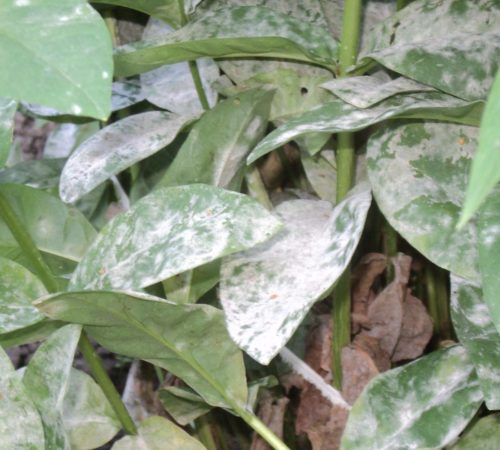
If the whims of the flare appears on the shoots and leaves - it is urgent to deal with mildew. For this, the plant is treated with special means with copper content ("Oxychich", "Hom", copper vigorous, burgundy fluid).
The fungal disease of the roots - verticillosis causes fading and fading color of the shrub. To combat fungus, they are disinfection of soil lime and removal of the plant along with a lore earth. For the prevention of the disease, the seedlings should be treated with Maxim or Gamiir preparations.
Using Floxes in Landscape Design
Floxes - Universal Vegetable Material for Registration of any landscapes, gardening zones or flower beds. Separately landed bush will become a bright highlight of the household plot, and group compositions luxuriously decorate the lawn or garden path.
Shilovoid phlox are ideal for decoring alpine slides, and a buggy look - to decorate unsightly places.
Floxes and other plants are perfectly combined: iris, loyal, meadow geranium or astilbami. And on the background of silver representatives of the coniferous family, it is especially advantageous to look abundant blooming bright low-spirits of phloxes.
Previously, Floxes considered "grandmother's" plants: ordinary and unbroken, but with the elimination of new elegant and original varieties, phlox, is considered to be modern and magnificent flower culture.
Summing up, it should be noted that such "beauty" can be easily raised independently. The phased technology of planting and leaving the plant in the article will help to easily cope with this task. Well, the result, in the form of a magnificent blooming aromatic shrub, will not wait long for a long time.

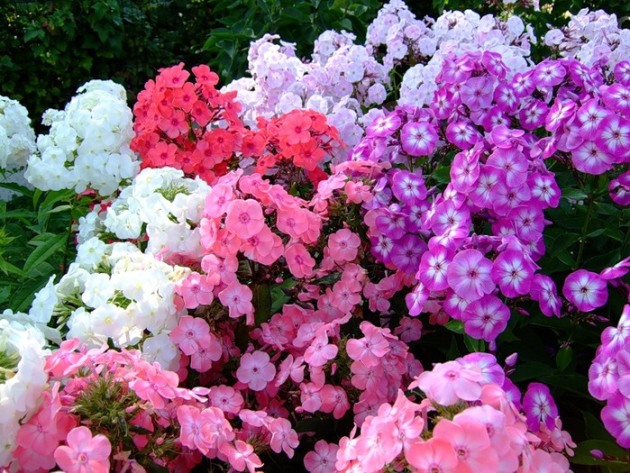
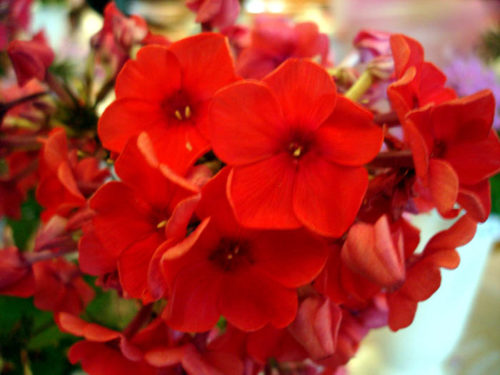
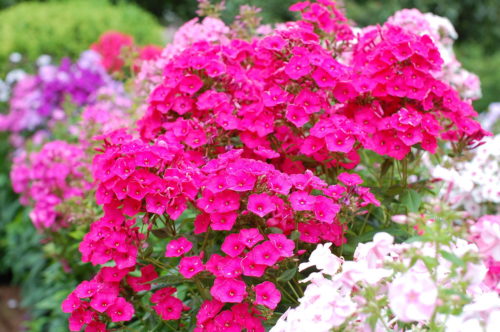
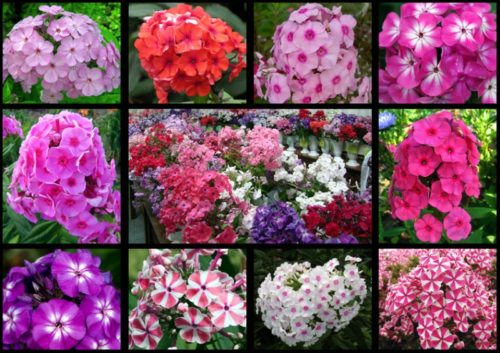
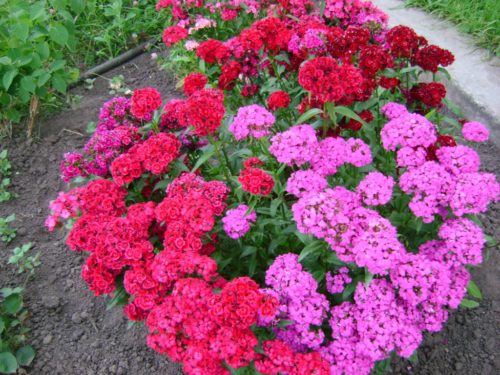
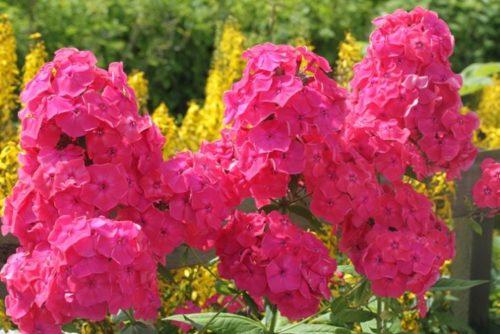

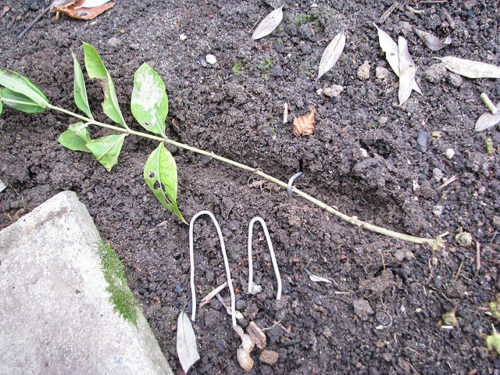
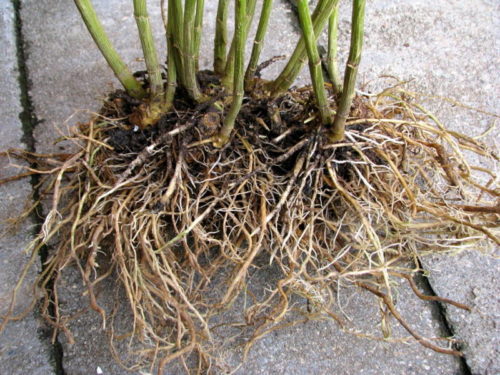
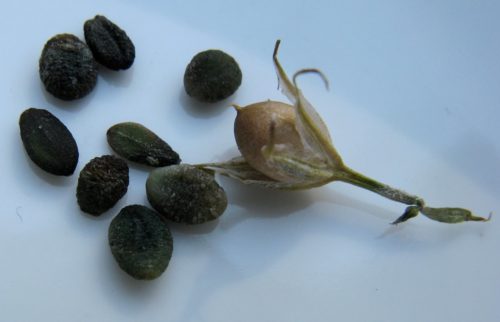
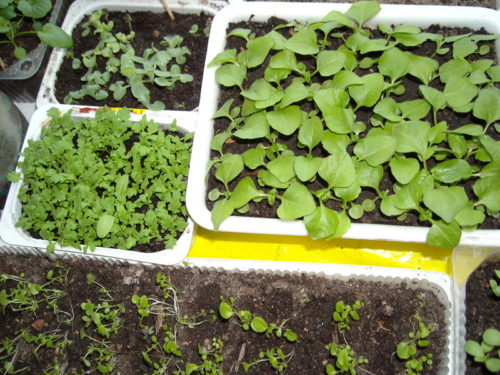
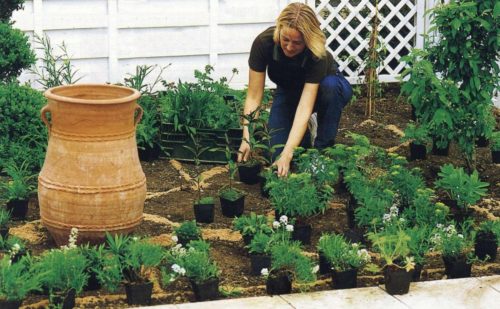
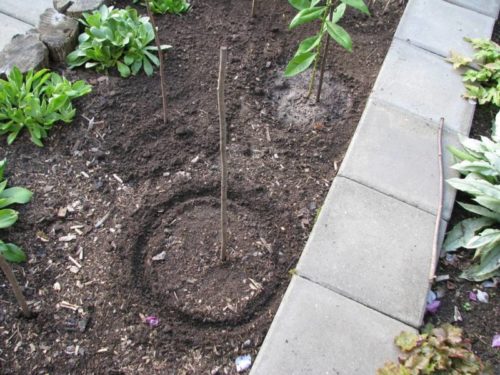
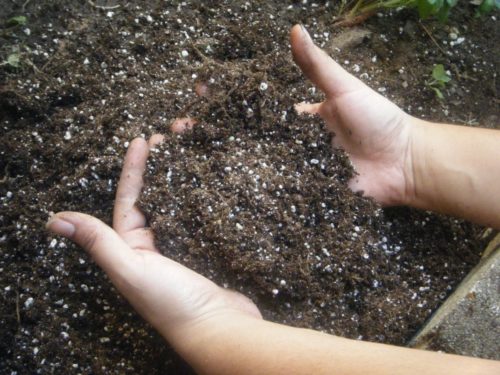
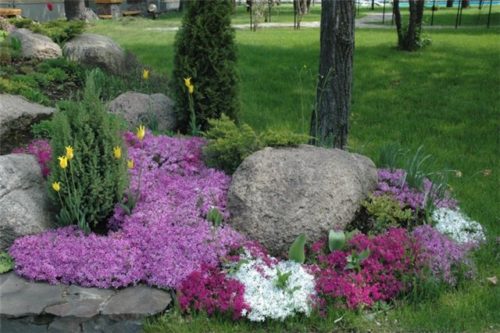

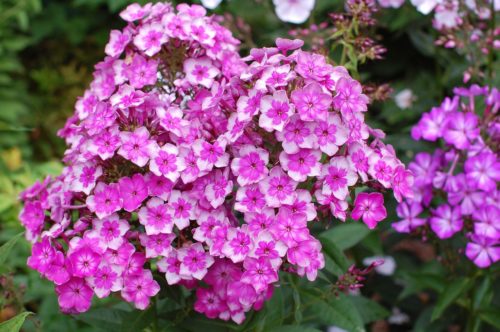
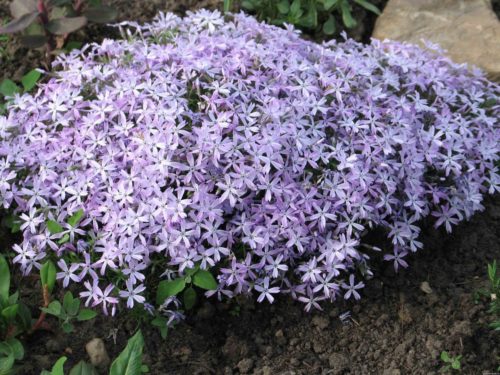
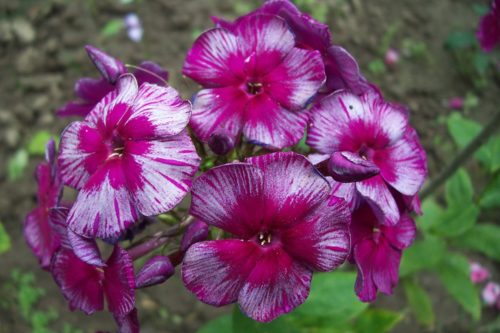
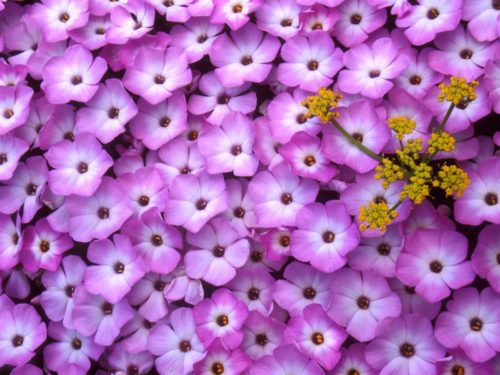
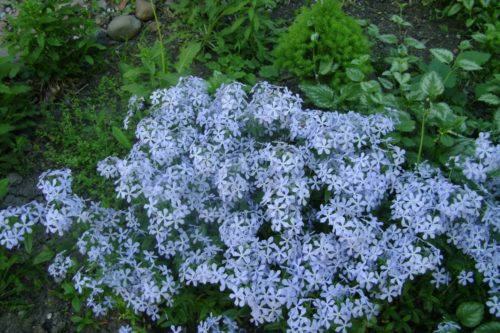

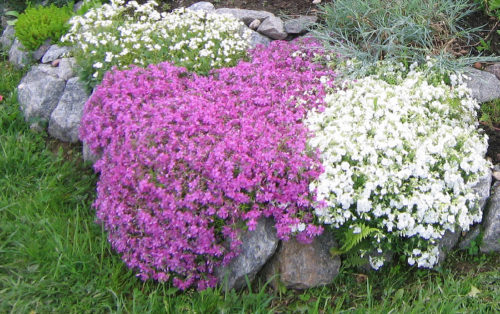
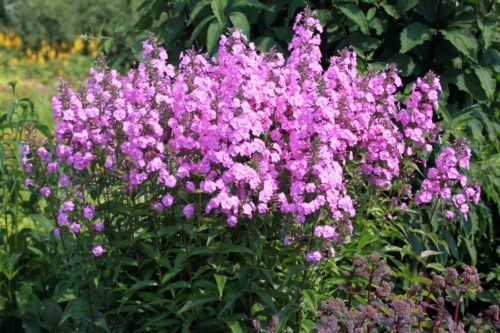

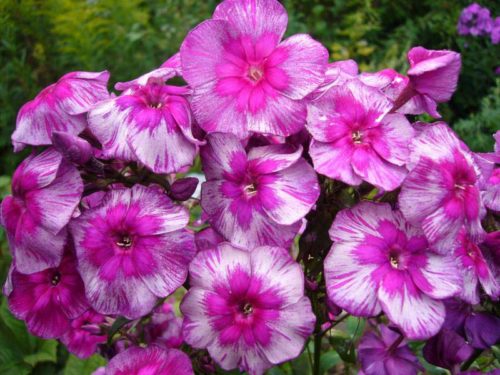
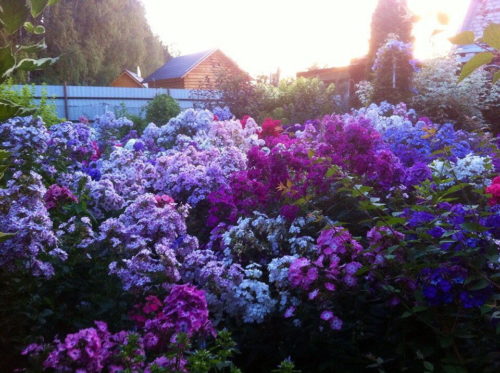
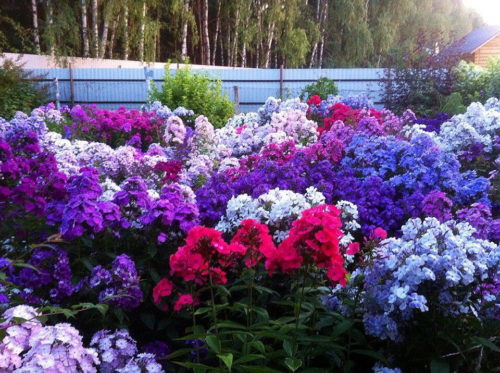
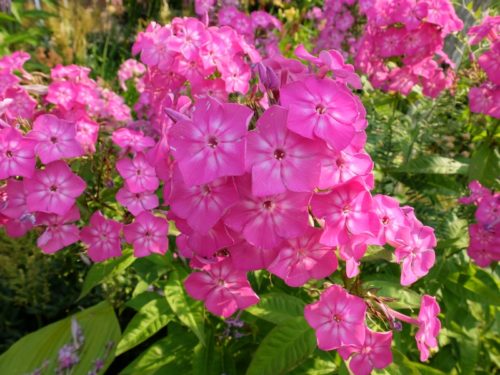
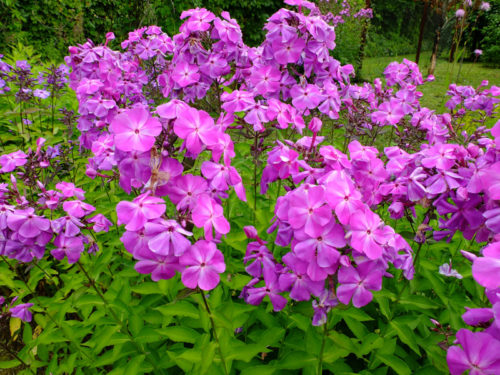
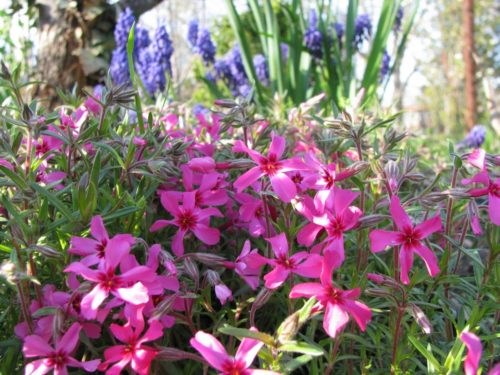
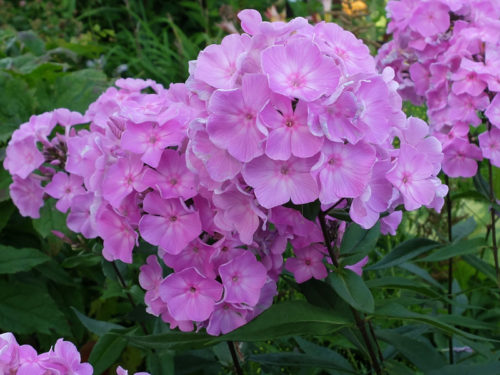












 Start a discussion ...
Start a discussion ...